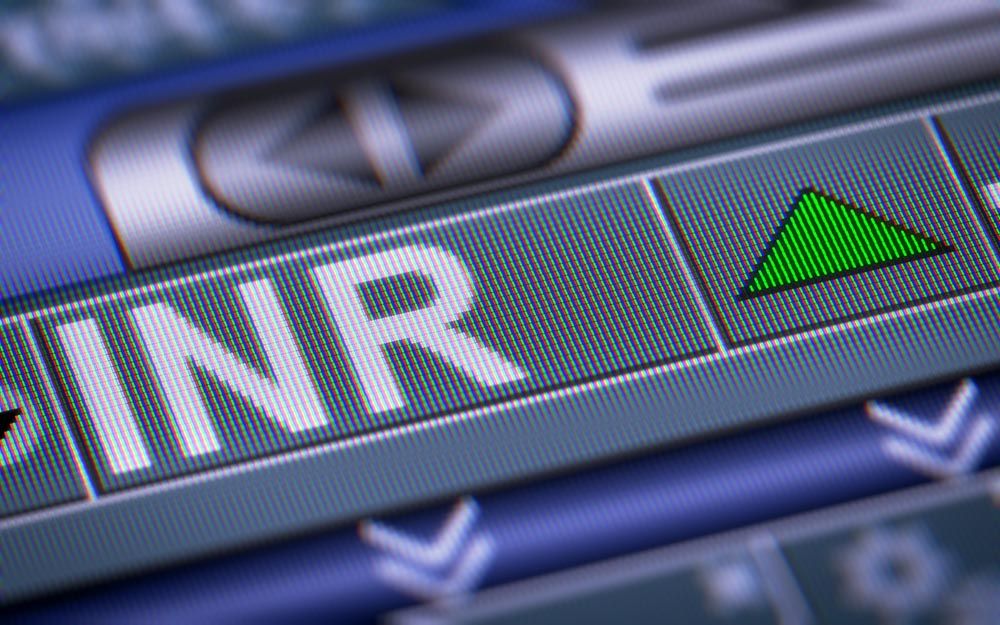Indian Rupee to Underperform: Nomura
- Written by: Sam Coventry

Image © Adobe Images
Indian Rupee Faces Uphill Battle Despite RBI Surprise and Trade Optimism.
The Indian Rupee (INR) continues to face structural headwinds despite a surprising shift in monetary policy by the Reserve Bank of India (RBI) and tentative signs of progress in U.S.-India trade relations.
This is according to analysts at Nomura, the global investment bank, which maintains a cautious stance in a mid-year update on the currency.
Analysts expect INR underperformance even as the broader U.S. dollar weakens.
GBP to USD Transfer Savings Calculator
How much are you sending from pounds to dollars?
Your potential USD savings on this GBP transfer:
$318
By using specialist providers vs high street banks
Of note to analysts was the surprise move by the RBI to cut the repo rate by 50 basis points (vs. a consensus expectation of 25bp) and slash the cash reserve ratio (CRR) by a full percentage point.
While the decision was framed as a proactive measure to support growth and liquidity, the Indian currency showed limited relief, underlining deeper concerns about its outlook.
Reserve Accumulation Masks Underlying Fragility
Despite the easing, the RBI’s active accumulation of foreign exchange reserves suggests to Nomura that there exists a preference for rebuilding buffers over allowing INR to appreciate meaningfully.
Between April and May, the central bank added $3.1BN in spot reserves and rolled back forward short positions by nearly USD 11.8 billion.
However, weekly data reveals modest net spot sales of USD 115 million during the late-April to May-end period, a signal that FX operations are becoming more tactical amid external volatility.
In the background, nearly USD 7.4 billion in forward contracts were set to expire in May, pointing to ongoing intervention dynamics that may limit any sustained INR appreciation even in a supportive USD environment.
Nomura flags other key drivers of expected INR weakness:
Growth expectations remain subdued, with GDP for FY26 projected at 6.2%, below the RBI’s more optimistic 6.5% estimate.
Equity flows have turned negative, with a net outflow of USD 437 million in the latter half of May — a trend that undermines capital account support for the Rupee.
A hawkish European Central Bank (ECB) stance is likely to strengthen the euro, further pressuring INR on EUR crosses.
Meanwhile, trade-related optimism has emerged, with the U.S. and India reportedly pushing to finalize an interim tariff deal. While markets may welcome this progress, the finer details — including implementation timelines and scope — will likely determine its eventual impact on the currency.
Nomura continues to favour long EUR/INR positions, now targeting a move to 100 by end-July. This reflects both domestic and external factors weighing on the Rupee.
